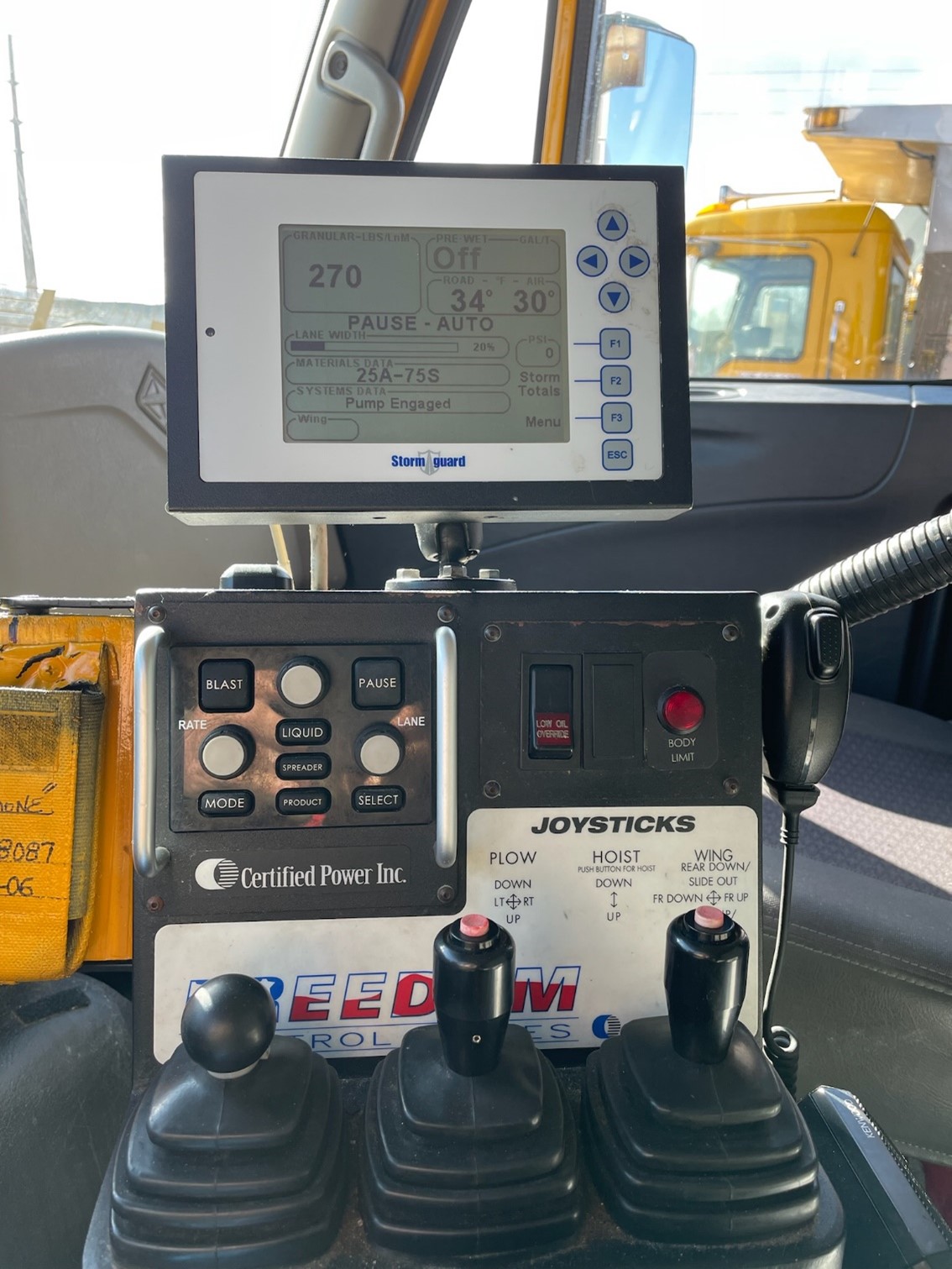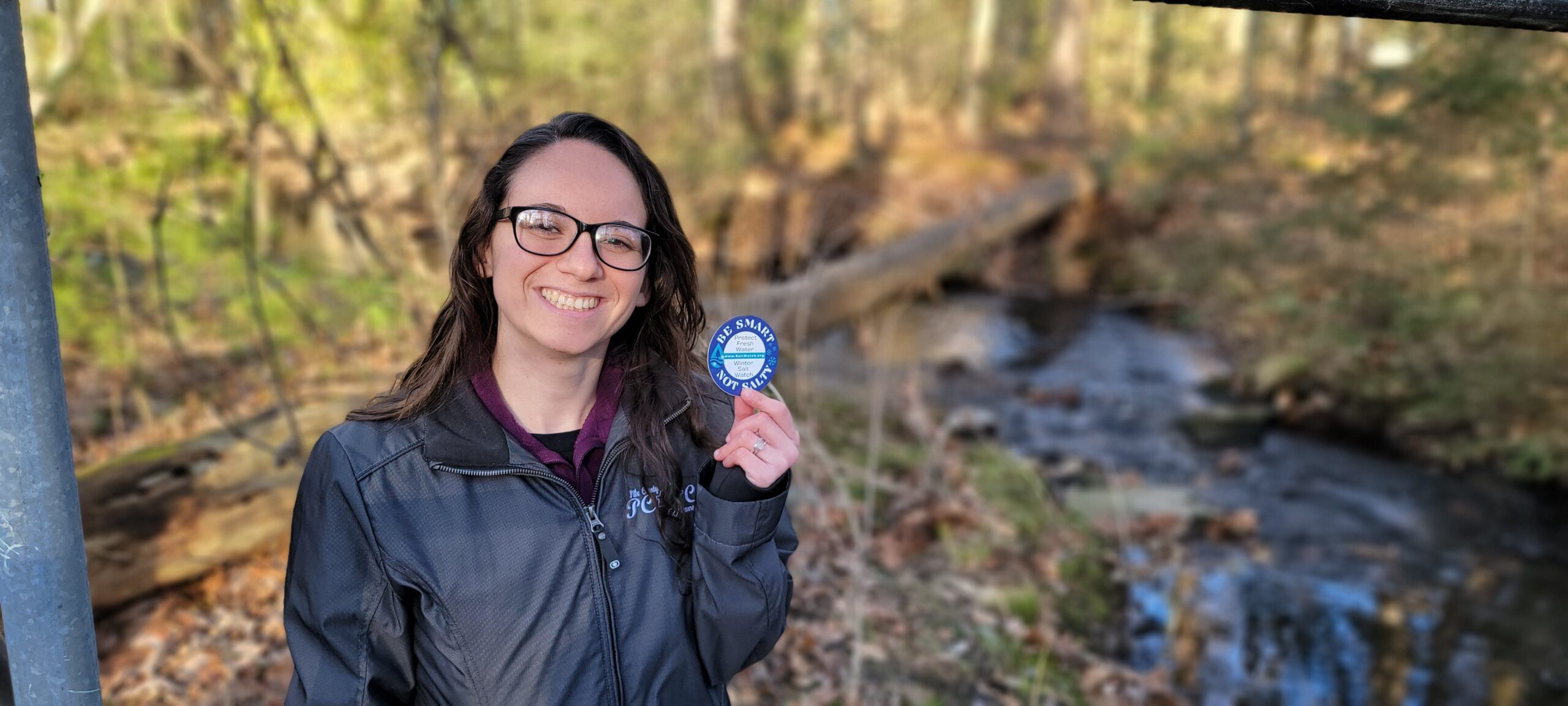News

PennDOT, Winter Weather Management, and You

By: Rachael Marques, PCCD Watershed Specialist
We have all seen a PennDOT truck applying brine to the roads before a storm or plowing when a large snow event hits. After speaking with PennDOT personnel, I learned just how much time and effort goes into keeping our roads safe while balancing the financial and environmental cost. There are discussions and planning done all year round to prepare for the winter storms in Pennsylvania.
The machinery must be ready before the winter season starts. PennDOT requires a dry run be completed before the winter season which includes ensuring the spreaders are calibrated. This is a crucial step that even applicators running smaller equipment can take with their own spreaders. It ensures the appropriate amount of salt is spread as intended without accidental over or under application. Calibration also assures our money is not wasted on salt and brine being applied without it being effective. All the PennDOT stockpiles are also inspected at least once every year by Penn State University students. The students go through and score the stockpiles, looking for things such as proper storage, salt getting tracked out, potential leaks, and so on.
PennDOT operators make decisions on the best way to manage the roads based on a variety of factors including road temperature, type of precipitation, how long the event is expected to continue, sunlight, and more. It is important to note PennDOT maintains the roads in a safe, passable condition but one thing we as residents can do is change our expectations of road conditions. Completely clear roadways during some of these weather events as it is simply not possible. Always be cautious driving in winter weather conditions!
Through the Salt Watch program by the Izaak Walton League, it has been observed many streams are experiencing very elevated chloride levels during and after snow events. A trend has also emerged that the lasting rise in chloride levels from rock salt may be continuing into the warmer weather even when application has stopped for the year. This may indicate the salt is staying around in soil or groundwater and leeching out year-round. There are a few of things individual homeowners, businesses, and community associations can do to help. Like PennDOT, if you have a salt spreader, calibrating it is not only environmentally friendly but also cost effective. It is also worth noting rock salt takes some time to work and does not yield immediate results. Always read the bag for instructions on how to use the salt and at what temperatures it will be effective.
If you or your community are interested in testing your waterway for chloride levels, contact Rachael Marques at Pike County Conservation District (rmarques@pikepa.org or 570-226-8220) or the Izaak Walton League (https://www.iwla.org/water/stream-monitoring/salt-watch ). The program is free and available for everyone! Be safe and have a happy winter.
